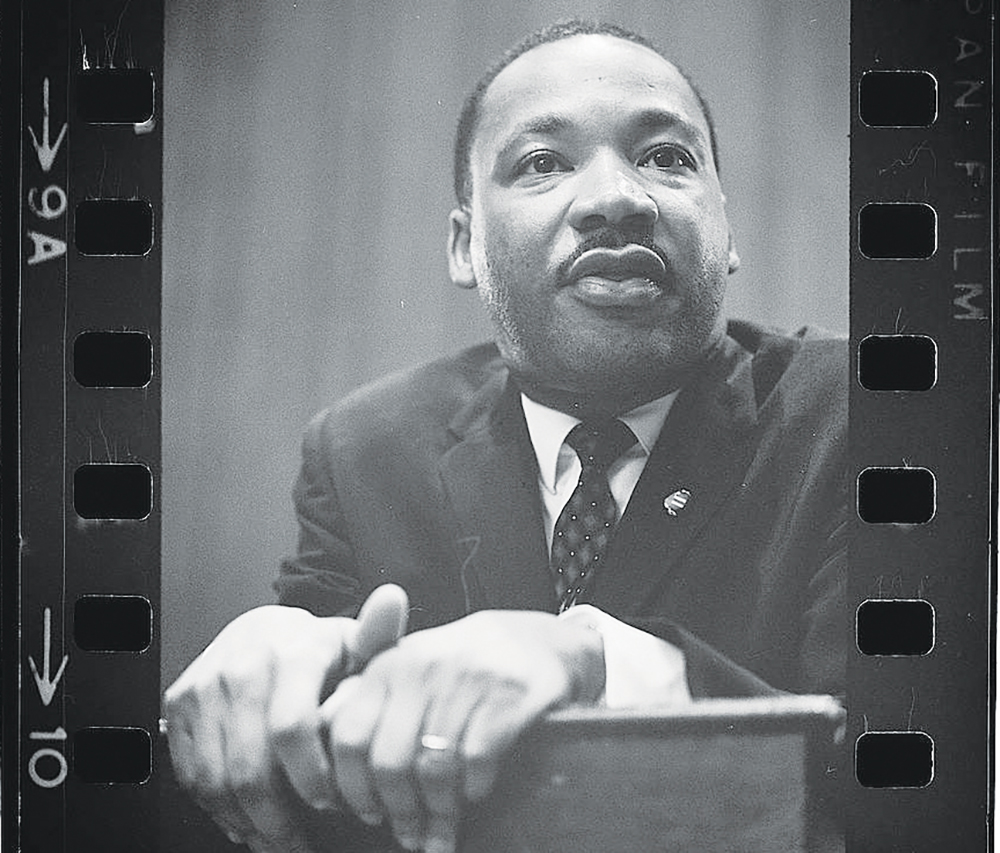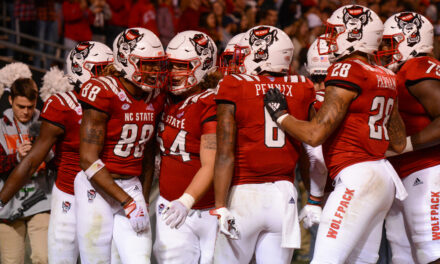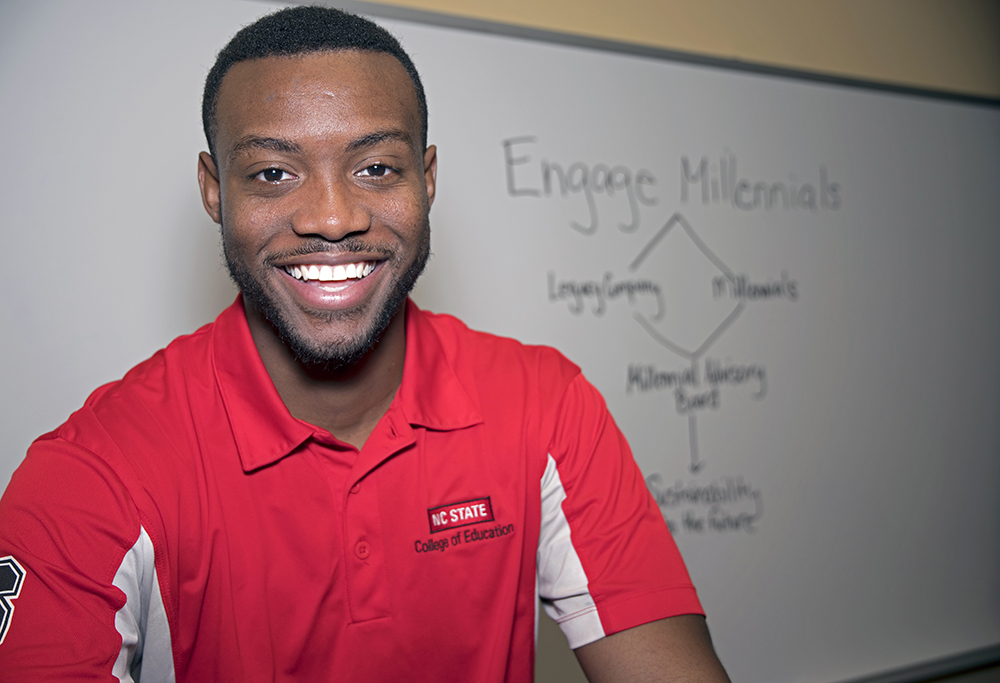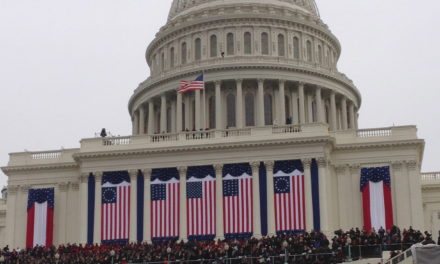Photo Courtesy of Library of Congress.
Erin Elliot | Correspondent
Throughout the years, NC State has invited incredibly dynamic speakers to commemorate Dr. Martin Luther King Jr.’s legacy and birthday. NC State has joined alongside other institutions in hosting events that extend a week long in his honor, emphasizing his global impact and how his contributions will continue to spark change for generations to come. Recently, with the renovation of Reynolds Coliseum, the staff and faculty decided it would be an excellent idea to dedicate space to Dr. King inside the building for his visit in 1966. However, when NC State had the opportunity to endorse Dr. King, it missed the mark.
On July 31, 1966, Dr. King was invited to speak at Reynolds Coliseum by Romalius O. Murphy, a local NAACP member, and Reverend W.B. Lewis. His message was about encouraging African Americans to vote, continuing to remain non-violent in the Civil Rights Movement and attempting to change the opinions of the Christian Church.
Even with the Civil Rights Movement backing Dr. King, NC State never publicly endorsed him, nor was he greeted by any official person from the Mayor’s Office. Even more interesting, instead of being introduced by a NC State administrator to the audience, he was welcomed and introduced to the arena by the President of Shaw University, according to Dr. Jason Miller.
Dr. Jason Miller, the English department associate head and director of undergraduate studies, has done extensive research on King’s visits to North Carolina. He actually discovered King’s “I have a dream” speech was first delivered in Rocky Mount, NC in 1962.
Unfortunately, “the coverage surrounding his visit was outshined by the simultaneous Ku Klux Klan rally stretching from Hillsborough Street to downtown Raleigh,” according to Miller. This was a deliberately timed rally of 1,200 people in white robes attempting to maliciously intimidate others from listening to Dr. King.
Although this type of intimidation occurred in 1966, the same connections can be made to our society during Trump’s presidency. Universities across the country have witnessed a rise in hate crimes since the election of Trump. In the midst of peaceful protests, we have witnessed violent, hate-filled riots busting at the seams with white supremacy. We’ve watched the media attempt to dismantle credible social justice movements with fake news. Most importantly, we’ve had the privilege to stand next to our generation’s future freedom fighters, to listen to them and allow them to inspire us to also have the courage to take a stand against injustices.
As a university who didn’t admit its first black student until 1953, one can imagine what the campus climate was like for students of color just over a decade later. While reviewing articles from Technician, one quickly notices the absence of people of color and their narratives. It’s a reminder of why it was incredibly necessary for supreme court cases like Brown v. Board of Education in 1954 and laws like the Civil Rights Act of 1964 to take place.
In 1970, an anonymous NC State student organization published a pamphlet titled, “In A Black Perspective” in which former student Deborah Leonard said, “I encourage you to come to this university with an open mind and a determined spirit. I speak with all sincerity when I say, we need you.”
I not only believe this to still ring true, but find it imperative to continue to uplift students of color on our campus. We have to make intentional connections and be a supportive network for each other in the face of adversity because we will continue to face it. It is only by doing this and inviting other students of color to our campus that we can actually help our university make a push for not just diversity but inclusivity and cultural competence.





